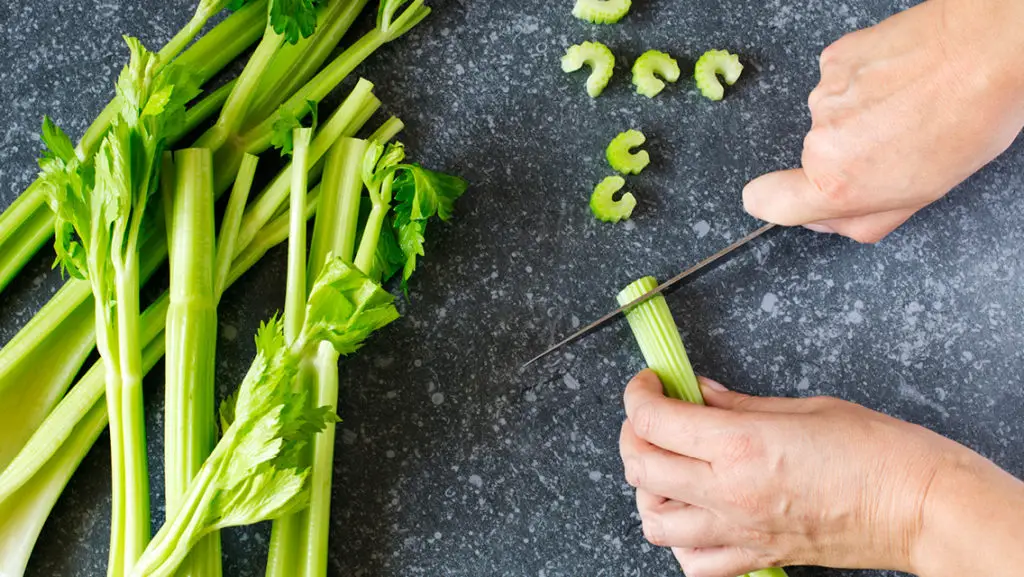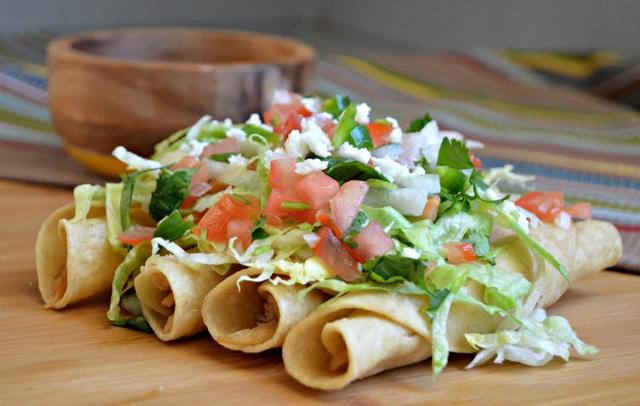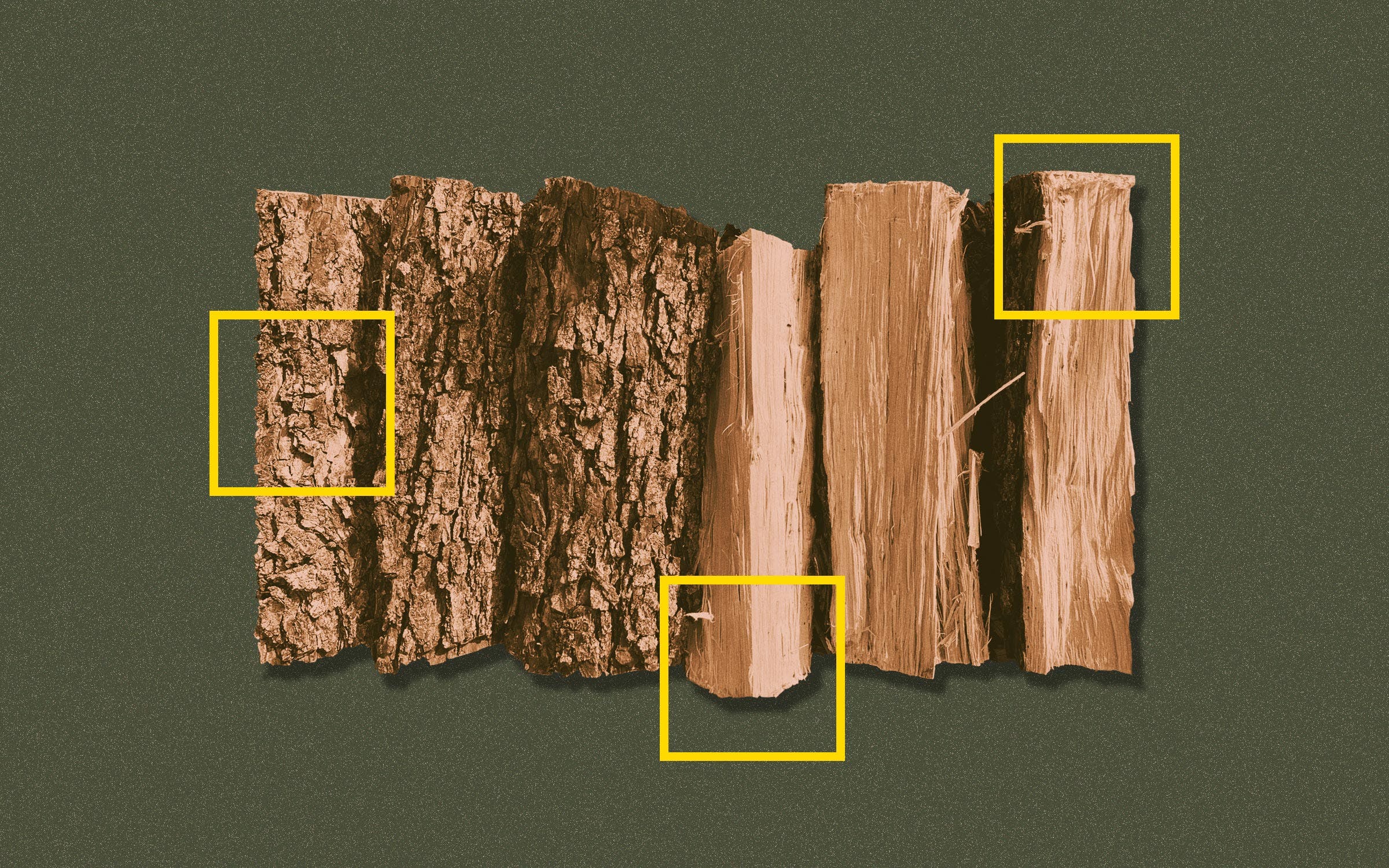Matcha tastes grassy and slightly sweet with a hint of bitterness. It has a rich, creamy texture.
Matcha, a finely ground powder of specially grown green tea leaves, is renowned for its unique flavor profile. The taste combines vegetal, earthy, and umami notes, making it a favorite among tea enthusiasts. This vibrant green tea originates from Japan, where it has been consumed for centuries in traditional tea ceremonies.
Matcha’s distinct flavor and health benefits have contributed to its popularity worldwide. It’s rich in antioxidants, providing a natural energy boost without the jitters. Whether enjoyed as a tea or incorporated into recipes, matcha offers a delightful experience for both the taste buds and the body.
Introduction To Matcha
Matcha is a unique type of green tea. It comes from Japan. Many people love its special taste. Matcha tea powder is bright green and very fine. It has a rich flavor that some describe as grassy or sweet. People enjoy matcha in many ways: as tea, in lattes, and even in desserts.
Origins Of Matcha
Matcha’s history dates back hundreds of years. It began in China during the Tang Dynasty. Japanese monks brought it to Japan in the 12th century. They used it for meditation. Today, Japan is the main producer of matcha. The best matcha comes from the Uji region. Farmers there use special techniques to grow the tea leaves. The process includes shading the plants and grinding the leaves into powder.
Cultural Significance
Matcha is more than just a drink in Japan. It is a part of Japanese culture. The Japanese tea ceremony, known as “Chanoyu,” revolves around matcha. This ceremony is a ritual of preparing and drinking matcha. It represents harmony, respect, and purity. Many people take part in this ceremony to find peace and calm.
Matcha also symbolizes health and wellness. It is rich in antioxidants, vitamins, and minerals. Many people drink it for its health benefits. Matcha can boost your energy and help you stay focused.
Matcha’s Unique Flavor Profile
Matcha is a unique and flavorful tea. Its taste is unlike any other. The flavor profile of matcha can be described as complex. It has both savory and sweet notes. Let’s dive into the distinct flavors of matcha.
Umami Delight
Matcha is rich in umami. Umami is a savory taste. It often reminds people of mushrooms or soy sauce. This savory taste makes matcha special. The umami flavor comes from amino acids. These amino acids are in the leaves of the tea plant.
Here is a quick breakdown of umami in matcha:
- Richness: Full-bodied and satisfying
- Depth: Layers of flavor that unfold on your palate
- Balance: Perfect mix of savory and sweet
Earthy Undertones
Matcha also has earthy undertones. These undertones remind people of fresh grass or soil. The earthy taste is from the way matcha is grown. The tea plants are shaded for weeks. This shading boosts chlorophyll in the leaves.
Here is a table showing the components and their effects:
| Component | Effect on Flavor |
|---|---|
| Chlorophyll | Gives a fresh, green taste |
| Tannins | Adds a slight bitterness |
The earthy undertones make matcha grounding. They add a natural flavor to the tea. The balance of umami and earthiness makes matcha unique.
Varieties Of Matcha
Matcha is a unique type of green tea. It comes in different varieties. Each variety has its own taste and use. The two main types are Ceremonial Grade and Culinary Grade. Let’s explore these varieties in detail.
Ceremonial Grade
Ceremonial Grade Matcha is the highest quality. It is used in traditional tea ceremonies. This matcha has a vibrant green color. It tastes sweet and smooth. There is no bitterness. Ceremonial Grade is made from the youngest tea leaves. These leaves are picked during the first harvest. They are then stone-ground into a fine powder.
Here’s a quick look at its characteristics:
- Bright green color
- Sweet, smooth taste
- No bitterness
- Made from young leaves
- Used in tea ceremonies
Culinary Grade
Culinary Grade Matcha is more versatile. It is used in cooking and baking. This matcha has a stronger taste. It is slightly bitter. The color is less vibrant than Ceremonial Grade. Culinary Grade is made from older tea leaves. These leaves are picked during later harvests.
Here are its main features:
- Strong, robust flavor
- Slightly bitter
- Less vibrant color
- Made from older leaves
- Used in recipes
Culinary Grade Matcha is perfect for smoothies, lattes, and desserts. It adds a unique flavor to dishes.
| Feature | Ceremonial Grade | Culinary Grade |
|---|---|---|
| Color | Bright green | Less vibrant |
| Taste | Sweet, smooth | Strong, slightly bitter |
| Leaf Age | Young leaves | Older leaves |
| Use | Tea ceremonies | Cooking and baking |
Factors Influencing Taste
Understanding the taste of matcha involves many factors. The final flavor depends on various elements. These include growing conditions and processing methods. Let’s explore these factors in detail.
Growing Conditions
The environment where matcha is grown impacts its taste significantly. Matcha plants require specific conditions to thrive. Here are some key factors:
- Soil Quality: Rich, fertile soil improves the flavor of matcha.
- Climate: A mild and humid climate is ideal.
- Shade-Growing: Plants are shaded for 20-30 days before harvest. This process increases chlorophyll and amino acids, enhancing the taste.
These conditions create a balanced, rich flavor in the final product. Shading the plants also reduces bitterness and enhances sweetness.
Processing Methods
The way matcha is processed also affects its taste. Here are the main steps:
- Harvesting: Only the top leaves are picked for high-quality matcha.
- Steaming: Leaves are steamed to stop oxidation. This process preserves color and flavor.
- Drying: Leaves are then dried to remove moisture.
- Grinding: The dried leaves are ground into a fine powder. Traditional stone mills are often used for this process.
Each step in this process is crucial. Steaming helps keep the bright green color and fresh taste. Grinding with stone mills ensures a smooth texture and better flavor.
In summary, growing conditions and processing methods shape the taste of matcha. Understanding these factors can help you appreciate the unique flavor of this special tea.
Tasting Matcha
Tasting matcha is a unique experience. It offers a blend of flavors. Each sip tells a story of tradition and craftsmanship. Let’s explore the taste of matcha.
Preparation Techniques
Different preparation methods can change matcha’s taste. Here are some popular techniques:
| Technique | Description | Flavor Outcome |
|---|---|---|
| Traditional Whisking | Matcha powder whisked with hot water | Rich, creamy, and frothy |
| Cold Brew | Matcha mixed with cold water | Smooth, refreshing, slightly sweet |
| Latte | Matcha mixed with milk | Milky, sweet, earthy |
First Sip Impressions
The first sip of matcha is unforgettable. Here’s what you might experience:
- Grassy: Matcha has a fresh, grassy flavor.
- Umami: It offers a savory, umami taste.
- Slightly Bitter: A hint of bitterness balances the flavor.
- Sweet Notes: High-quality matcha has subtle sweet notes.
Each sip reveals more complexity. The taste evolves as you drink. Enjoy the rich layers of flavor.
Pairing Matcha With Food
Matcha has a unique, earthy flavor. It can be a bit grassy and slightly sweet. Pairing it with the right foods can enhance its taste. Below, we explore sweet pairings and savory pairings that complement matcha.
Sweet Pairings
Sweet foods balance matcha’s earthy notes. Here are some delightful sweet pairings:
- Matcha and Chocolate: The rich taste of chocolate pairs well with matcha. Try matcha chocolate bars or matcha hot chocolate.
- Matcha and Berries: Berries, especially strawberries and blueberries, complement matcha’s flavor. Enjoy matcha berry smoothies or matcha berry parfaits.
- Matcha and Honey: Honey adds a natural sweetness to matcha. Drizzle honey over matcha pancakes or in your matcha latte.
Savory Pairings
Savory foods can highlight matcha’s subtle bitterness. Consider these savory pairings:
- Matcha and Cheese: Cheese, especially cream cheese, pairs well with matcha. Spread matcha cream cheese on bagels or make matcha cheese dips.
- Matcha and Seafood: Seafood, like salmon, blends nicely with matcha. Try matcha-crusted salmon or matcha sushi rolls.
- Matcha and Avocado: Avocado’s creamy texture complements matcha. Create matcha avocado toast or matcha guacamole.
Common Misconceptions
Many people have misconceptions about matcha’s taste. Some think it’s always bitter. Others believe it has artificial flavors. These misconceptions can stop people from enjoying matcha.
Bitterness Myth
Many think matcha is always bitter. This isn’t true. High-quality matcha is not bitter. It has a rich, umami flavor. If your matcha tastes bitter, it might be low quality. Low-quality matcha often has more stems and veins. These parts can make it taste bitter. Make sure to buy high-quality matcha for the best taste.
Artificial Flavoring
Some people believe matcha has artificial flavors. This is also a misconception. Real matcha comes from green tea leaves. It does not contain artificial ingredients. The unique flavor comes from how the leaves are grown and processed. If your matcha tastes artificial, it might not be real matcha. Always check the label for pure matcha powder.
Exploring Matcha In Modern Cuisine
Matcha, a finely ground powder from green tea leaves, has been a staple in traditional Japanese tea ceremonies for centuries. In recent years, matcha has found its way into modern cuisine, becoming a favorite ingredient in both desserts and beverages.
Matcha In Desserts
Matcha’s unique flavor profile blends well with sweet treats. Its earthy, slightly bitter taste balances sugary flavors, making desserts more complex and exciting.
Here are some popular matcha desserts:
- Matcha Ice Cream: Creamy and refreshing with a hint of bitterness.
- Matcha Cheesecake: Rich and tangy with a green tea twist.
- Matcha Cookies: Soft and chewy with a vibrant green color.
These desserts not only taste great but also offer the health benefits of matcha, including antioxidants and vitamins.
Matcha In Beverages
Matcha drinks are a delightful way to enjoy the tea’s unique flavor. They range from traditional to innovative, catering to various tastes.
Popular matcha beverages include:
- Matcha Latte: Creamy milk mixed with matcha powder.
- Matcha Smoothie: A blend of fruits, yogurt, and matcha.
- Matcha Lemonade: A refreshing mix of lemonade and matcha.
These drinks are not only delicious but also energizing, thanks to matcha’s natural caffeine content.
Matcha’s versatility in modern cuisine is undeniable. Its unique flavor and health benefits make it a popular choice in both desserts and beverages.
Frequently Asked Questions
What Does Matcha Taste Like?
Matcha has a rich, umami flavor with grassy and sweet notes. Its creamy texture enhances the overall experience. Some describe it as slightly bitter but pleasantly smooth.
Is Matcha Bitter Or Sweet?
Matcha can be both bitter and sweet. High-quality matcha has a balanced sweetness and umami taste, with minimal bitterness.
How Does Matcha Compare To Green Tea?
Matcha is more concentrated and has a richer flavor than regular green tea. It also has a creamier texture and a more vibrant green color.
Why Does Matcha Taste Grassy?
Matcha tastes grassy due to its chlorophyll content. The leaves are shade-grown, increasing chlorophyll, which contributes to its grassy and vegetal flavor.
Conclusion
Matcha offers a unique, vibrant flavor that combines earthy, grassy, and slightly sweet notes. Its taste can be an acquired preference but is loved by many. Whether enjoyed in traditional tea form or in various recipes, matcha provides a rich and distinctive experience.
Try it to appreciate its unique taste and health benefits.
Learn More About Grilling
If you want to learn more about grilling, check out these other helpful resources!










